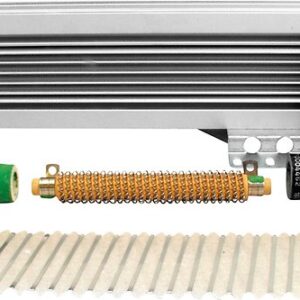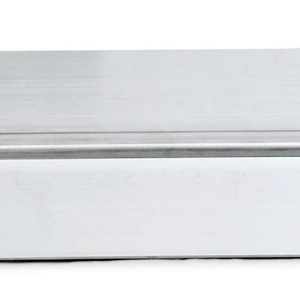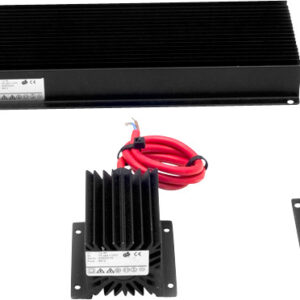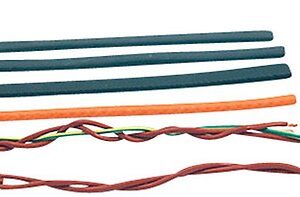Heating elements | Commercial equipment
Heating elements are essential components in industrial applications, responsible for converting electrical energy into heat. They are used in various industries, including manufacturing, food processing, and chemical production. Choosing the right heating element can improve energy efficiency, reduce operational costs, and enhance production quality.
Types of heating elements that are used most:
- Resistance heating elements
- Induction heating elements
- Infrared heating elements
- Ceramic heating elements
- Cartridge and tubular heating elements
Commercial heating equipment systems
1. High-efficiency ovens
Modern commercial ovens offer up to 98% utilization efficiency with our elements, meaning they convert almost all the power into heat.
✅ Best for: Warehouses, office buildings, and industrial spaces
✅ Benefits: Fast heating, reliable in cold climates, cost-effective instead of gas-powered facilities
✅ Key consideration: Requires proper (power) installation
🔹 Top models: Look for elements with the newest technology for precise temperature control.
2. Commercial heat pumps (Energy-efficient choice)
Heat pumps provide both heating and cooling, making them an ideal year-round solution for businesses. They extract heat from the air or ground, using significantly less energy than traditional systems.
✅ Best for: Office buildings, hotels, retail stores
✅ Benefits: Reduces energy use by 50% compared to electric resistance heating
✅ Key consideration: Works best in moderate climates but may need supplemental heating in extreme cold
🔹 Top models: Variable refrigerant flow (VRF) heat pumps offer zone-based heating, increasing efficiency.
3. Radiant heating systems
Radiant heating provides direct heat through floors, walls, or ceilings, eliminating heat loss from air circulation.
✅ Best for: Warehouses, factories, large open spaces
✅ Benefits: Uniform heating, lower operating costs, no ductwork required
✅ Key consideration: Higher installation cost but lower long-term energy consumption
🔹 Ideal options: Hydronic (water-based) radiant heating for maximum efficiency in commercial buildings.
4. Commercial boilers (High-capacity heating)
Boilers use water or steam to distribute heat efficiently across large commercial spaces. They are ideal for multi-floor buildings, hospitals, and industrial applications.
✅ Best for: Large-scale heating needs, manufacturing plants, schools
✅ Benefits: High efficiency, long lifespan, consistent heating
✅ Key consideration: Requires regular maintenance and proper installation for efficiency
🔹 Tip: Condensing boilers recover waste heat, improving energy savings by 10-15% over traditional models.
5. Solar thermal heating systems
Solar heating harnesses renewable energy to provide hot water and space heating, reducing dependency on fossil fuels.
✅ Best for: Businesses focused on sustainability (hotels, green buildings, corporate offices)
✅ Benefits: Cuts heating costs by 50-80%, reduces carbon footprint
✅ Key consideration: High initial investment but long-term cost savings
🔹 Best strategy: Combine solar thermal with traditional systems for hybrid efficiency.
Are you looking for the best ways to optimize your industrial heating process? Choosing the right commercial equipment is crucial for efficiency, cost savings, and safety. Backer has everything you need to know about industrial heating elements, their benefits, and how to choose the right ones for your business needs. Discover the ultimate industrial heating elements. Ask Backer for expert tips, facts, and insights. Get the best advice to improve your industrial heating process.








